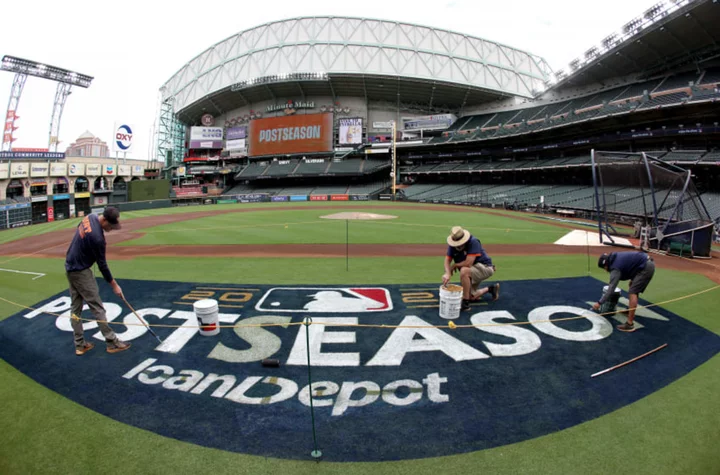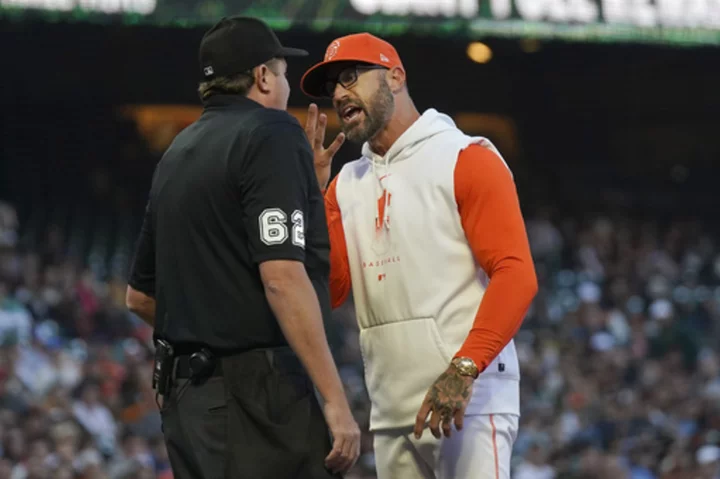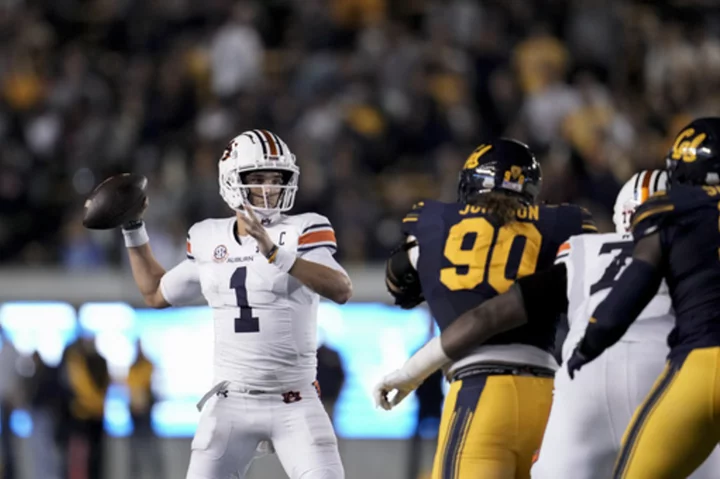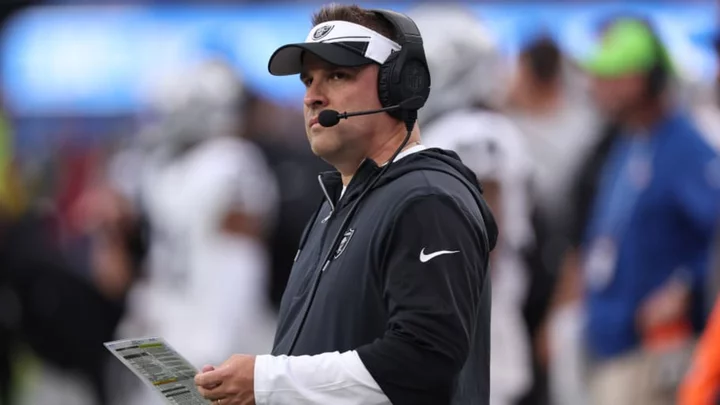The 2023 MLB regular season is near its conclusion. It feels just like yesterday that the campaign started, but now, teams are making their final pushes for the MLB postseason, if they haven't been mathematically eliminated just yet.
There are 12 spots available in the postseason, six spots per league (American and National). There will be three division champions and three Wild Card teams per league.
With the regular season officially winding down and concluding on Oct. 1, teams still in the running are going to go all out to ensure that they can clinch a spot, and hopefully make it to the World Series. But what if there is a tie for first place in the division or a Wild Card spot?
Here are the tiebreaker situations that you need to be aware of as we get closer to the postseason.
How do MLB tiebreakers work?
There are five tiebreaking situations that could come into play to determine a postseason spot, and it's in this specific order.
- Head-to-head record
- Intradivision record
- Interdivision record
- Last half of intraleague games
- Last half of interleague games plus one
The head-to-head record is rather simple. If two teams are tied for a playoff spot, then MLB looks toward who has the better record when the two have faced off this season. The team with the better head-to-head record will earn the playoff spot.
But what if there's a three-team tie? Anthony Castrovince of MLB.com details how to determine who would get the playoff spot between the three teams based on head-to-head records:
"If the three clubs DO NOT all have identical records against one another and Team X has a better record against Teams Y and Z, then Team X is the qualifier. If Team X and Y have identical records against one another and each has a better record against Team Z, then Teams X and Y follow the two-club tiebreaker rules to determine the qualifier. Otherwise, the three clubs are ranked by their overall winning percentage against one another, and the club with the highest overall winning percentage is the qualifier. If two of the clubs have identical winning percentages in this scenario, then they would follow the two-club tiebreaker procedure.
"If the three clubs DO have identical records against one another, then the team with the best intradivision record...is the qualifier."
If that doesn't solve the issue of what breaks the tie, then MLB will look at intradivision records. That means the team with the better record against all of their rival teams in the division will earn the berth.
But if the intradivision record doesn't solve the problem, then MLB looks toward interdivision record, meaning their record against opponents in their league (AL or NL).
From there, if the tie hasn't been broken, it will then go to their record against teams in their league for the last half of the season. Not after the All-Star break. Rather, in the final 81 games of the season. If that doesn't work, then MLB looks at each team's last Intraleague game in the first half of the season and will continue until a winner is determined.
There you have it. If your favorite team is heading towards a potential tie in the final days of the season, you now know the process it will take to determine the winner of a specific postseason berth.









